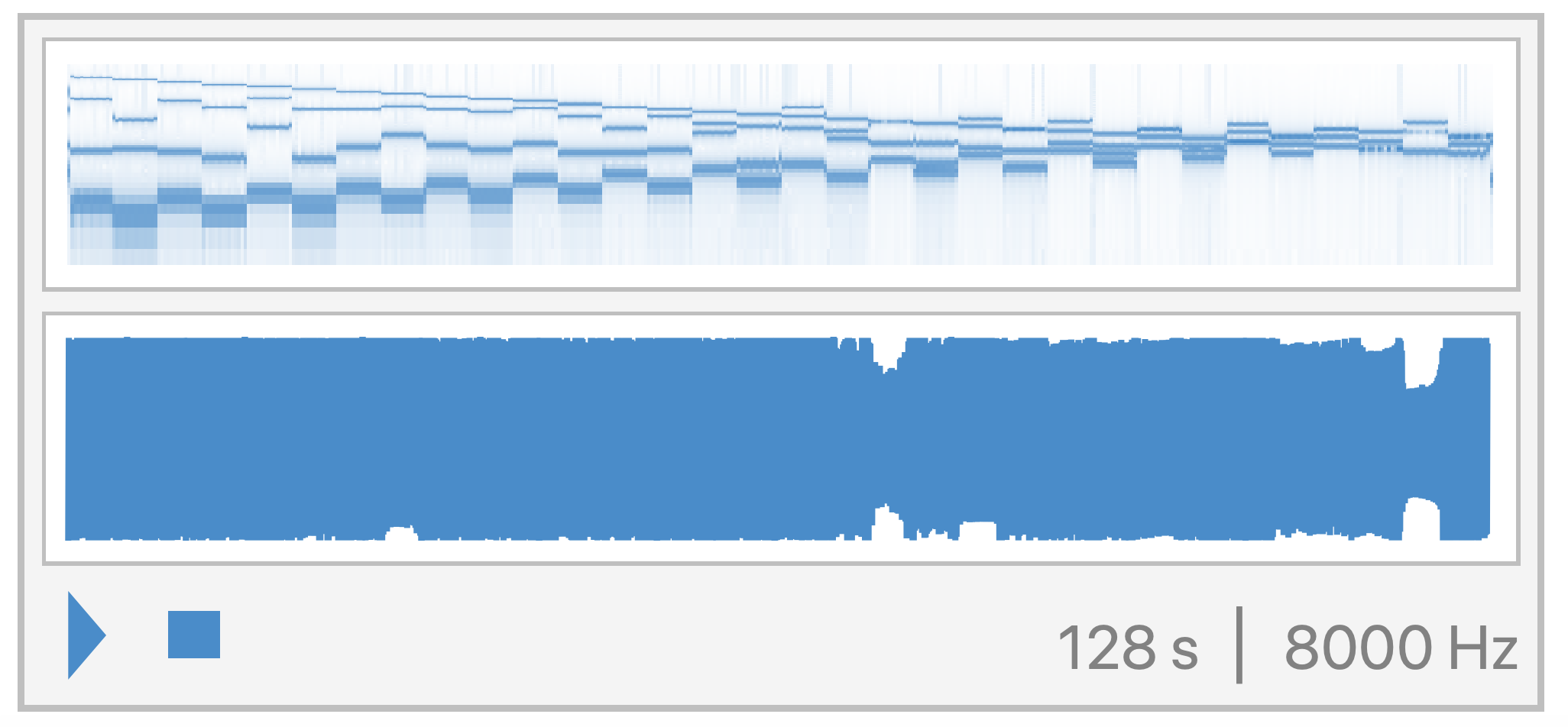I added the following to your 30 year old code and it ran without a hitch in just over 2 minutes on my six year old iMac, producing 128 seconds of freakish electronic music. Don't quit your day job. :)
samplerate = 8000; (* samples per second *)
samples =
Table[(Sin[Pi*a] + Sin[Pi *b] + Sin[Pi *c] + Sin[Pi *d]), {x, -64,
64, 1./samplerate}]; (* takes 138 seconds *)
ListPlay[ samples,
SampleRate -> samplerate]
